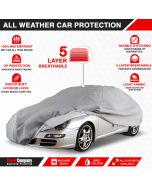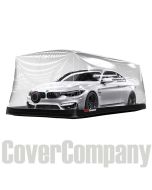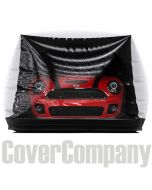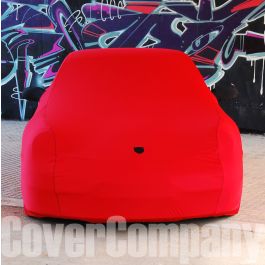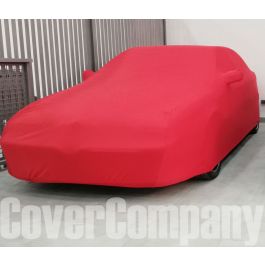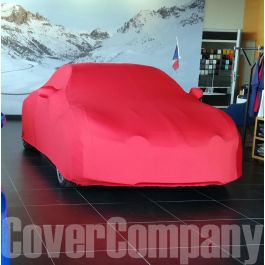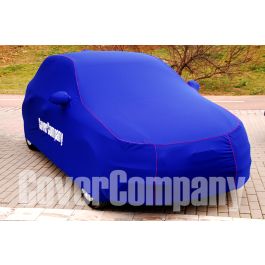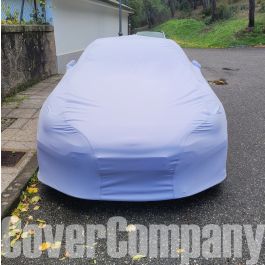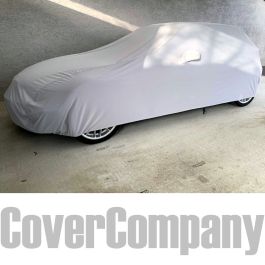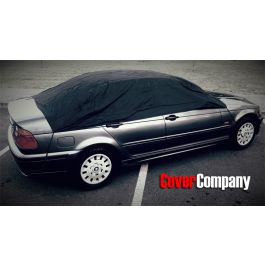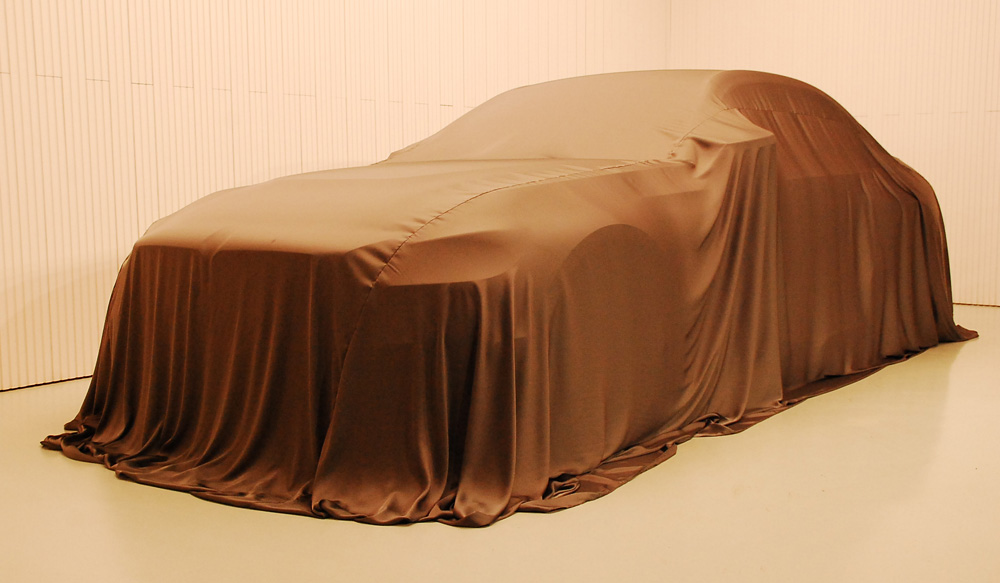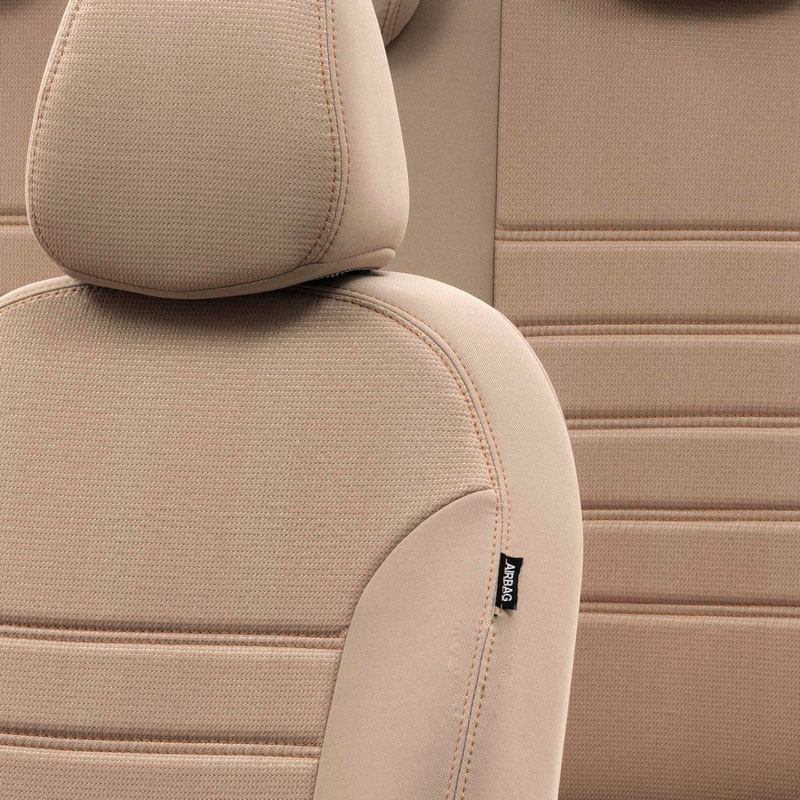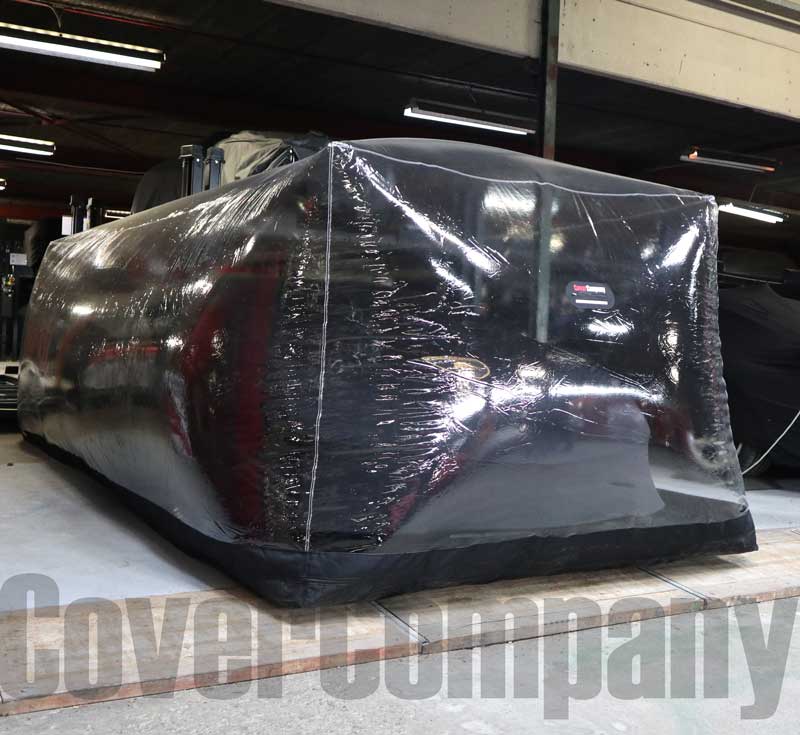Shop now.Pay it in 4.

Clearpay is unregulated credit.
Use responsibly.T&Cs & late fees
apply at clearpay.co.uk/terms
Successful Car Winter Storage - Top 8 Tips
Successful Car Winter Storage - Top 8 Tips

Summer is gone and it is time to get your treasured car ready for winter storage. In order to ensure it is properly protected during the harsh winter months (and to get the engine running next spring), you will need to follow a certain number of steps. These in turn will keep your car in optimum conditions and maintain its original value.
We have compiled a list of 8 top tips to a successful car winter storage preparation which we share with you here:
1 – Winter Car Storage Site Selection
You will need to provide adequate shelter; outside car parking is not recommended for winter storage. It is best to place your car in a heated garage and away from ambient dust (make sure the garage is spotless before parking your car for winter storage). In unheated and humid storage sites, you will need to place dehumidification sachets inside the car.
2 - Cleaning for Winter Storage: Inside and Out
Thoroughly clean and dry the body of your vehicle to remove any aggressive and/or corrosive agents and avoid micro-scratches when placing a protective cover. Protect the paint with a good quality car wax.
Clean and let dry the vehicle interior. Then apply a protective product on vinyl, rubber, chromes and metal parts; spray unpainted surfaces using a rust preventive product.
Check the condition of the underbody and chassis and apply lubrication (especially so for old cars).
3- Battery
You should run the car engine every two or three weeks to keep your car battery in perfect conditions. As this is often not possible, you can also proceed as below.
Use a battery charging device to keep the battery charged throughout the winter. Batteries might naturally self-discharge while not in use. This in turn might lead to your battery not able to generate enough power and you may need to replace it at the end of winter storage.
The cost analysis is easy: it is cheaper to invest in a good charging device! Disconnect the battery and connect it to a trickle charger (Ctek offers good devices at a reasonable price). This type of charger hooks up to your car battery on one end and plugs into a wall outlet on the other. It delivers just enough electrical power to prevent the battery from discharging. Remember to store the battery in a warm place – 18-20 degC
4- Tires
Inflate tires slightly above normal pressure and use protection, such as tire cushions / carpets under each tire to prevent flat spots. This process occurs at a faster rate in colder temperatures.
High density rubber tire cushions are perfect when storing your car for any length of time. They mould around the tire offering added protection.
Alternatively, consider taking the wheels off and placing the car on jack stands at all four corners. We do not recommend this option due to the risk of excessive stress on the springs and wheel bearings.
If stored outside, cover your tires to protect them against sun light.
5- Fluids and Lubrication
Fuel: Fill the tank and add a fuel stabiliser ("tank safe"). Corrosion quickly forms on an empty tank subjected to temperature fluctuations (condensation of atmospheric moisture).
Coolant and brakes: replace them with new fluids. Use a 4 Seasons coolant that will withstand frost and avoid corrosion that could occur when using an antifreeze additive.
Also Change the car oil and oil filter. Once you have topped off the fluids and added fuel stabilizer, rider your car to circulate the new fluids.
6- Proper Ventilation
Car winter storing in a heated dust free garage: leave 2 windows slightly open.
Car winter storing in an unheated garage/shelter or outside: close all windows but leave vent ports open so that air can circulate.
7- Other preventive steps before placing a protective cover
Plug the exhaust pipe(s) using a piece of cloth or steel wool. Also plug any remaining orifices.
Use talc, silicone (or soap) on all door and boot seals.
Place small blocks (or plastic foil) under the wiper arms so that they do not touch the windshield and get stuck to it.
Do not put engage the parking brake; rather leave the gearbox in neutral.
8- Protection Car Cover
Once the environment and your car is fully prepared, place a protection cover on your vehicle. 2 important points: 1- the car cover should be made in a breathable fabric to avoid condensation inside the cover and damages due to moisture (rust, mold etc.); 2- the cover interior should be super soft to avoid paint micro-scratches. A good cover will protect your car against dust, dirt and scratches. It will also protect the interior (wood paneling & leather seats) from direct sun light and resulting colour fading.
Discover Top Quality Car Covers here.
For more information on car covers, cleaning products and other car winter storage accessories, please visit our website: www.qualitycarcovers.co.uk.
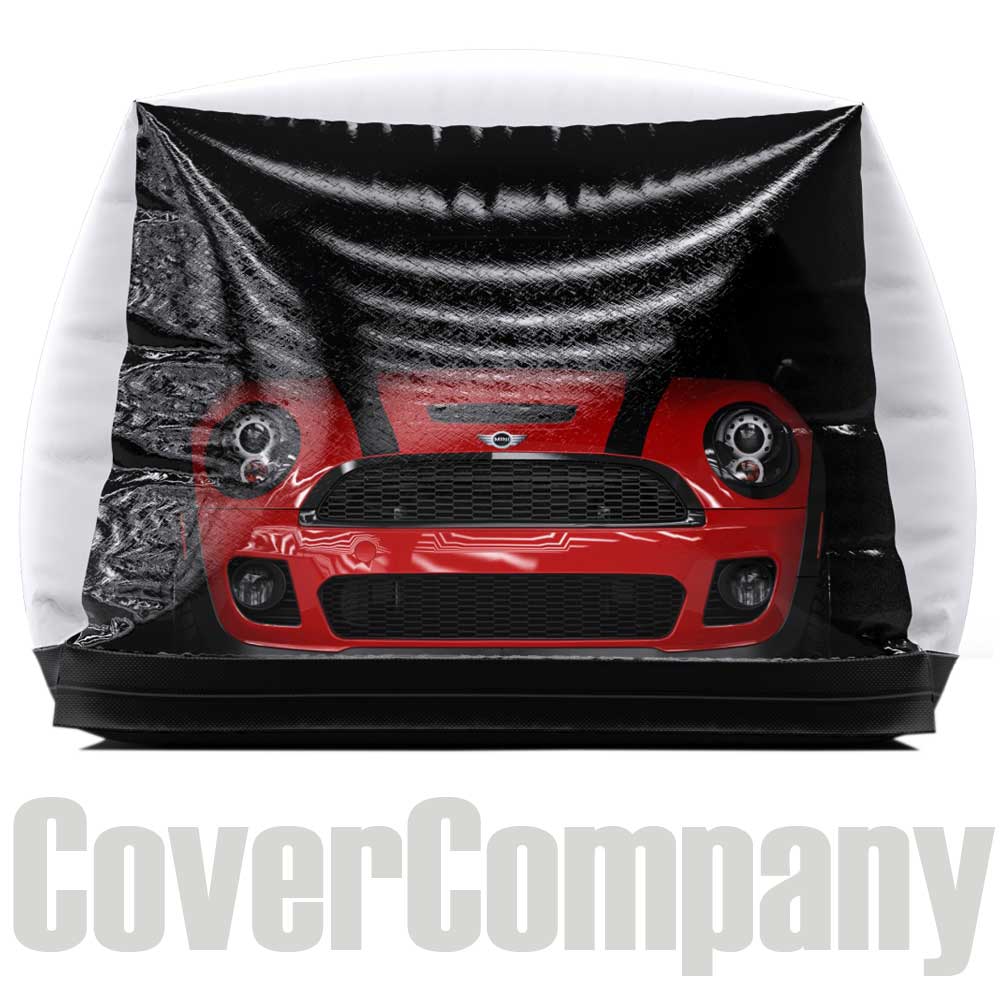
To protect your vehicle in winter it could bgreatread idea to use an inflatable car bubble.
A high-quality bubble that will protect your vehicle outside. This inflatable car cover is designed so that the ambient air is filtered constantly.
The result: cleaner air, free of dust particles, stable humidity and temperature, thus preventing the formation of condensation and reducing the possibility of corrosion during storage of your car.
The walls are of high quality are very thick (this is its strong point if we compare it to other covers on the market). a white anti-UV coating provides a barrier to rays but also to heat. You have the choice of the number of sections to be treated (only the roof, roof + 3 sides, entire cover).
Due to its robustness, the cover protects against external aggressions (rain, hail, dust, stone throwing, etc.).
What Our Customer Are Saying...
-
PERFECT PROTECTION GOLDWING 1500 By: Gilles COHARD
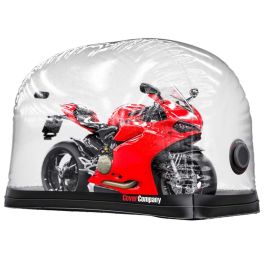 Very satisfied with this indoor size L cover (2.8 m x 1.2 m x 1.6 m) for the Goldwing 1500. Unfold carefully as the package is vacuum-sealed and the transparent part is very sticky. I installed it by myself. Be careful to position the antennas correctly. Consider using protection under the center and side stands to preserve the cover. No instructions in French. This cover is not cheap, but it really does the job. I highly recommend it. CoverCompany responds quickly to questions, which is much appreciated.
Very satisfied with this indoor size L cover (2.8 m x 1.2 m x 1.6 m) for the Goldwing 1500. Unfold carefully as the package is vacuum-sealed and the transparent part is very sticky. I installed it by myself. Be careful to position the antennas correctly. Consider using protection under the center and side stands to preserve the cover. No instructions in French. This cover is not cheap, but it really does the job. I highly recommend it. CoverCompany responds quickly to questions, which is much appreciated. -
Decent quality for the price By: Paul
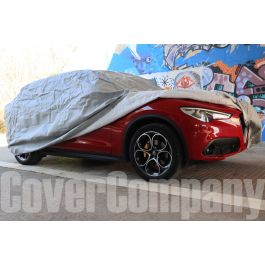 Cover is good quality. Being a standard fit cover it's designed to fit large SUV vehicles which is slightly too big for a Stelvio, but it's better that it's oversized than too small. It's never going to fit back into the storage bag or case that came with it so will have to find another way of storing it which is disappointing. Took about 10 days to get to the UK. - Answer by Cover Company: Thanks for your feedback Paul. The package includes an additional storage bag to store the cover once it has been used,
Cover is good quality. Being a standard fit cover it's designed to fit large SUV vehicles which is slightly too big for a Stelvio, but it's better that it's oversized than too small. It's never going to fit back into the storage bag or case that came with it so will have to find another way of storing it which is disappointing. Took about 10 days to get to the UK. - Answer by Cover Company: Thanks for your feedback Paul. The package includes an additional storage bag to store the cover once it has been used,

